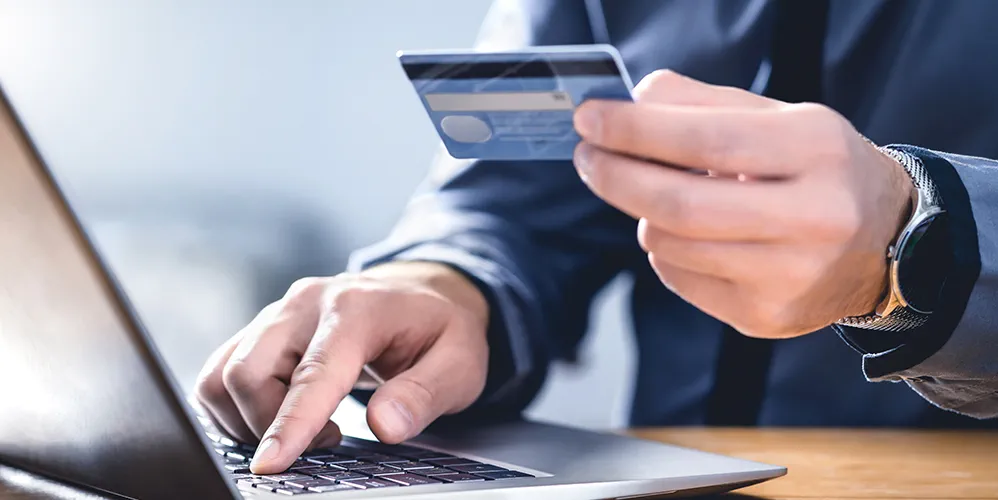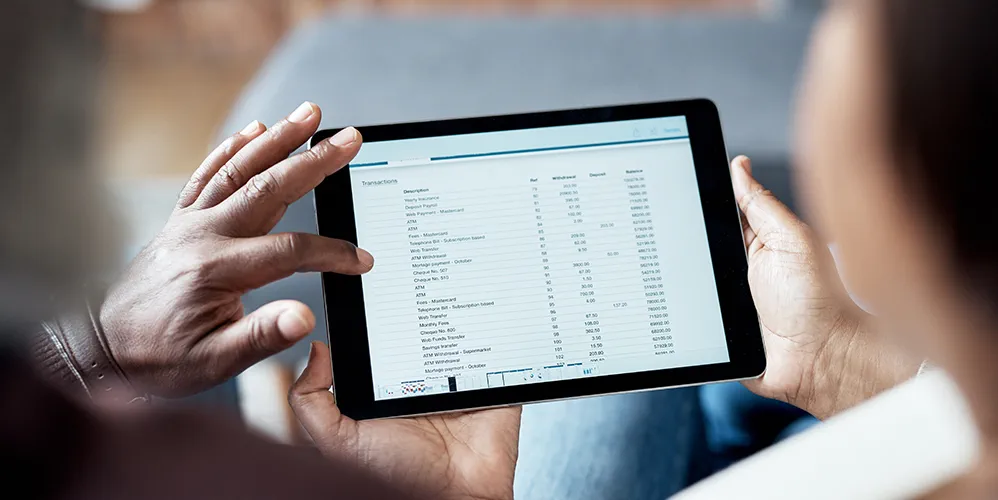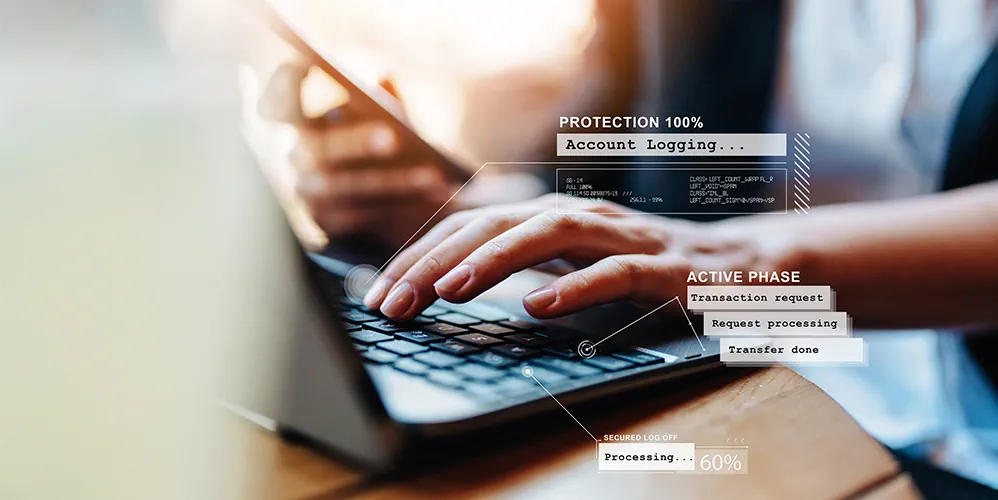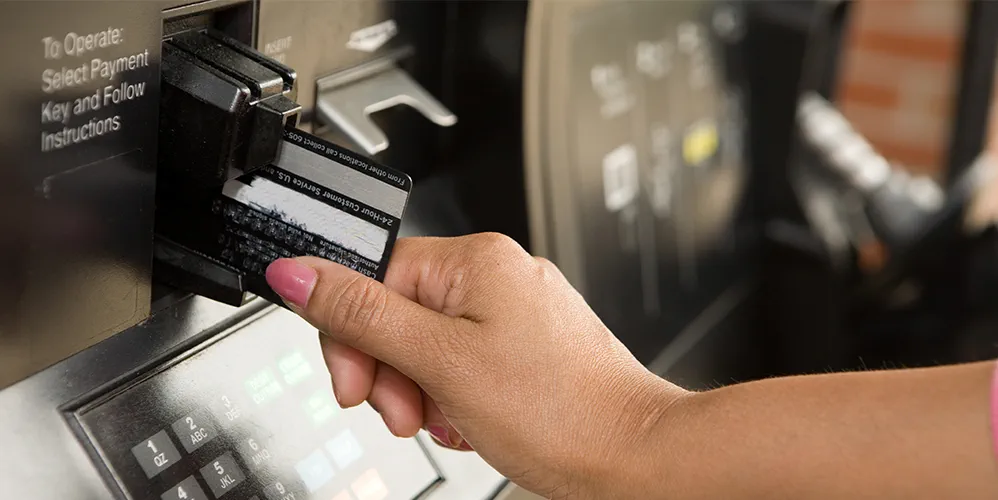
Money Transferred to Wrong Account Number? Here’s How to Get it Back
01 Aug 2022

Table of Content
-
What leads to wrong transactions?
-
Different possibilities of a money transfer to wrong account details
-
How do I get my money back if I transferred to the wrong person?
-
But can you reverse a bank transfer?
-
What happens after submitting the wrong transaction complaint?
-
How to avoid situations of wrong account money transfer?
We are all extremely cautious when it comes to money transfers. Most of us check and then double-check every little detail before hitting the send button. However, we are only human, and mistakes can happen.
One digit here or there, and your hard-earned money will be on its way to the wrong account. In such a scenario, it is crucial to remain calm. This may seem difficult, especially if large sums of money are involved. Many of us would get flustered and not know what to do next!
Keeping this in mind, the following article will cover all important need-to-know information in case of a money transfer to wrong account details and help you tackle the situation in the best possible manner.
What leads to Wrong Transactions?
They say prevention is better than cure! This holds true in the case of money transfers as well. After all, they do involve a fair number of manual inputs, and even the slightest lapse in concentration can lead to erroneous transactions. That's why it is extremely important to pay close attention while entering the recipient's account number, IFSC Code, and so on. One simple check could save you from a rather large loss.
Next up is the classic case of haste leading to waste. We are all caught up in our busy lives and do not have a moment to spare. This, combined with those teeny-tiny alpha-numeric buttons on your smartphone or laptop, can lead to money transferred to wrong account number. Therefore, when transferring money, it is paramount that you go about the procedure in a calm and composed manner.
Finally, a wrong money transfer can be the result of a technical glitch as well. Yes, computers can mess up too! However, the probability of this happening is extremely low. And these glitches usually correct themselves immediately, with the money being credited back to your account either instantly or in a couple of working days.
Different possibilities of a money transfer to wrong account details
Let's say that you do enter some incorrect details during your transaction. In this case, there could be two possible outcomes. The first is that your transfer fails due to invalid details, and no money is debited from your account. Phew! No harm done!
On the other hand, if the account details entered are incorrect but valid for the wrong person, the transfer could go through, and the money will be sent to the wrong recipient. Wrong account money transfers, such as this, could cause you substantial financial harm, especially if the transfer amount is on the larger side. This is definitely a situation that you would want to avoid.
How do I get my money back if I transferred to the wrong person?
After realising that you have sent money to the wrong account, the first question that will cross your mind is, how to get the money back? Well, you will need to follow some important steps to begin the reversal process.
The first thing you need to do in case of an incorrect money transfer is to inform the bank. You can do this by quickly calling up the customer care number and providing them with all the details of the transaction. They will provide you with a request or complaint number.
You can then mail the customer care team with the details of the incorrect transfer. This will ensure you have written proof of your communication with the bank. You can also follow up by visiting your home branch, speaking with the manager, and submitting a written intimation of the wrong transfer.
But can you reverse a bank transfer?
After following all the steps and submitting the wrong transaction complaint, one question still lingers - can I get my money back from a wrong bank transfer?
Well, as mentioned earlier, the funds will be credited back to your account automatically if the account number entered does not exist or is invalid.
However, if the details are valid and the money goes through, the reversal of the funds will depend completely on the recipient. If the recipient of your funds provides permission for reversal of the transaction, then you should get your money back without much of a hassle.
What happens after submitting the Wrong Transaction Complaint?
If it is an intra-bank transaction, the bank itself will reach out to the wrong recipient and request the reversal. If it is a transfer to another bank, your bank will act as a facilitator, providing you with the details of the wrong recipient's bank and branch. Then you can personally visit the concerned bank and talk to the manager. You may have to produce all proofs and communications regarding the incorrect transaction. The bank manager will then contact the wrong recipient and request that the incorrect credit is re-transferred to you.
How to avoid situations of Wrong Account Money Transfer?
It is rather simple to avoid an incorrect money transfer. All you need to do is cross-check the details thoroughly before proceeding with the transaction. With the BOB World mobile banking app , you will be prompted with the beneficiary details as soon as you enter your recipient's account number and IFSC code . Double-check these details to ensure you are sending the money to the right person. Only once the details of your recipient match with the details on the app should you proceed with the transaction.
Another smart tip would be to send a small test amount first. You can cross-check with your recipient if they have received the test amount. If they have, you can then go ahead and send the rest of the money that you need to. This is a good practice to follow and the best way to ensure that your transaction goes through to the right beneficiary. For example, if you need to transfer INR 50,000 to a friend, start off by sending INR 100 first. If they receive INR 100, then you can go ahead and transfer the remaining INR 49,900.
It is important to remember that, as per RBI instructions or guidelines, "the responsibility to provide correct inputs in the payment instructions, particularly the beneficiary account number information, rests with the remitter/originator". Moreover, without the permission of the wrong recipient, a reversal of funds is not at all possible. Therefore, when transferring money to anyone, it is important to practice due diligence. A few minutes spent doing a couple of simple checks could prevent you from losing a large chunk of your hard-earned money.
We hope this article has been helpful for you today. Good luck and happy remittance!
Popular Articles
Tag Clouds
Related Articles










-
Disclaimer
The contents of this article/infographic/picture/video are meant solely for information purposes and do not necessarily reflect the views of Bank of Baroda. The contents are generic in nature and for informational purposes only. It is not a substitute for specific advice in your own circumstances. Bank of Baroda and/ or its Affiliates and its subsidiaries make no representation as to the accuracy; completeness or reliability of any information contained herein or otherwise provided and hereby disclaim any liability with regard to the same. The information is subject to updation, completion, revision, verification and amendment and the same may change materially. The information is not intended for distribution or use by any person in any jurisdiction where such distribution or use would be contrary to law or regulation or would subject Bank of Baroda or its affiliates to any licensing or registration requirements. Bank of Baroda shall not be responsible for any direct/indirect loss or liability incurred by the reader for taking any financial decisions based on the contents and information mentioned. Please consult your financial advisor before making any financial decision.
A Complete A-Z Guide on UAN Number
The UAN full form is Unique Account Number. It is a 12-digit code that helps you access your Employee Provident Fund (EPF) account. The UAN can help access various services linked to your EPF account such as checking your PF account balance, applying for a PF loan or withdrawing money from your PF account. It is assigned to you by the EPFO (Employee Provident Fund Organization) through your employer at the time of subscription. The UAN remains the same regardless of the jobs you change and hence, it can help you get independent access to your provident fund account. Whenever you change your job, the EPFO generates a new EPF account ID and links it to your UAN. This way you do not have to create new PF accounts every time you switch your job and enables you to view and reconcile your EPF account history quite conveniently.
Complete Guide on Bank of Baroda B3 Account
No matter which part of the world you live in, you embark on your money management journey with a bank account. For most of us, our Savings Account is the first account wherein we deposit money and begin saving it. But if you wish to open a bank account that is more than a just an ordinary or regular savings account, Bank of Baroda’s B3 Accounts has you covered. Here, we talk about the new-age banking solutions that you can enjoy with the Bank of Baroda digital B3 accounts from the comfort of your home. Keep reading to know all the features and benefits of Bank of Baroda B3 accounts along with the account opening process.

